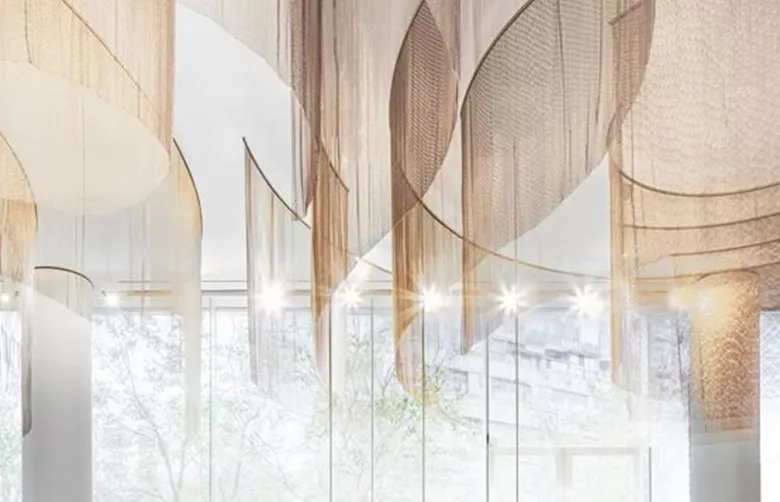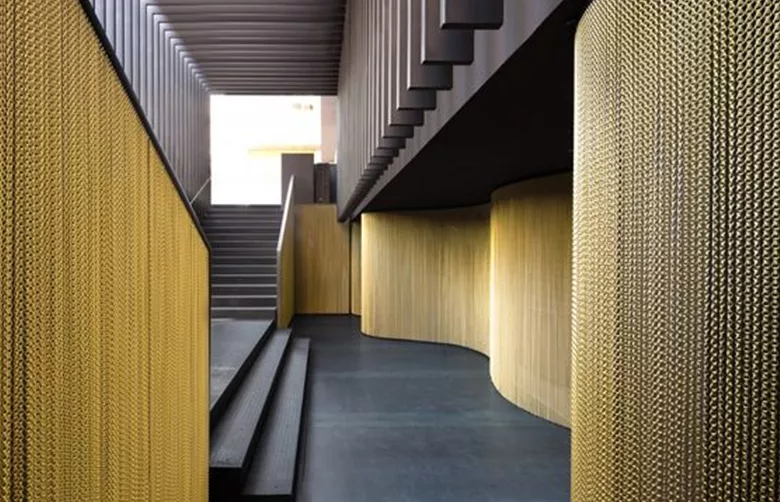-
About UsProductsCustomized SolutionProjectGalleryNews
Woven Metal Interiors for Industrial Applications: Strength and Functionality
Release time: July 04, 2023In industrial environments, interior design plays a crucial role in creating efficient and functional spaces. Woven metal interiors have emerged as a popular choice, offering a unique blend of strength, durability, and functionality. In this article, we will explore the applications and advantages of woven metal interiors in industrial settings, showcasing how they contribute to creating robust and practical spaces.
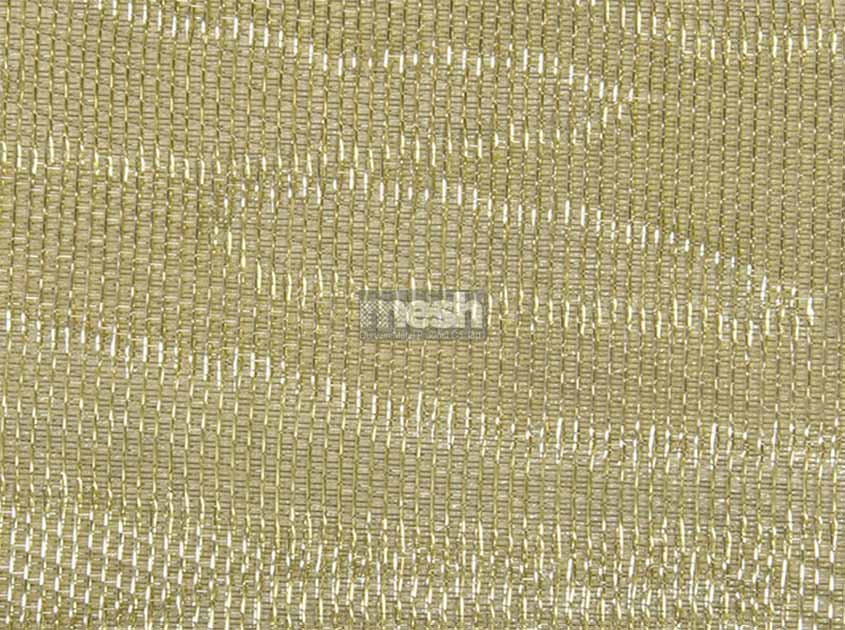
Strength and Durability:
Robust Construction: Woven metal interiors are known for their exceptional strength and durability. The interlocking weave pattern creates a sturdy structure capable of withstanding heavy-duty use and potential impacts, making it suitable for demanding industrial environments.
Resistance to Wear and Tear: Woven metal materials, such as stainless steel or aluminum, are highly resistant to wear, corrosion, and fire. They can withstand harsh conditions, including high temperatures, moisture, chemicals, and mechanical stress, ensuring long-lasting performance.
Structural Stability: The inherent strength of woven metal interiors provides structural stability to industrial spaces. They can be used for creating partitions, enclosures, ceilings, and walls, contributing to the overall stability and safety of the facility.
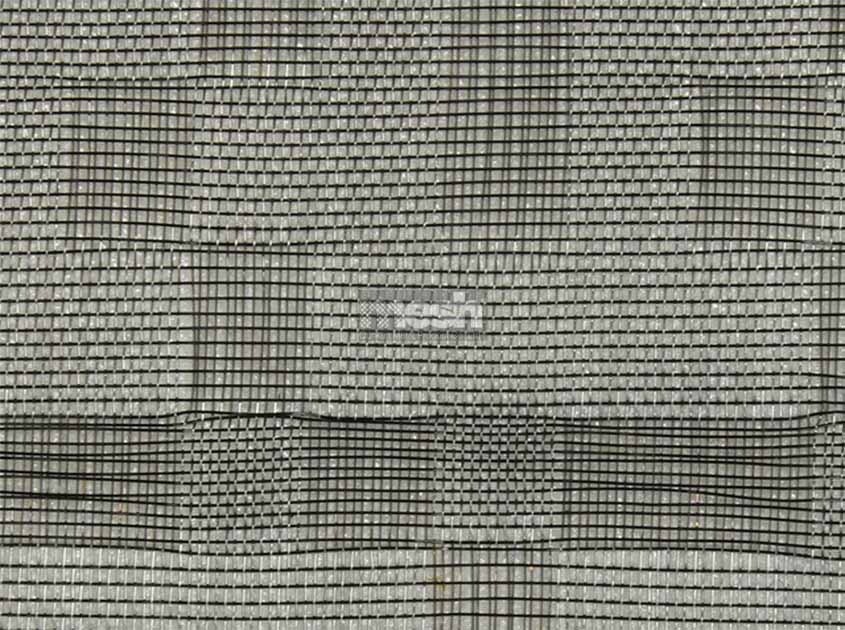
Functionality and Practicality:
Ventilation and Airflow: Woven metal interiors offer excellent ventilation and airflow properties. The open weave pattern allows for the passage of air, promoting better air circulation and reducing the risk of stagnation or moisture buildup in industrial settings.
Light and Visibility: Woven metal materials allow natural light to pass through, enhancing visibility and reducing the need for artificial lighting during daylight hours. This not only improves energy efficiency but also creates a more pleasant and productive working environment.
Noise Reduction: Woven metal interiors can contribute to noise reduction within industrial spaces. The intricate weave pattern helps to absorb and diffuse sound waves, minimizing echo and reverberation, thereby creating a quieter and more comfortable work environment.
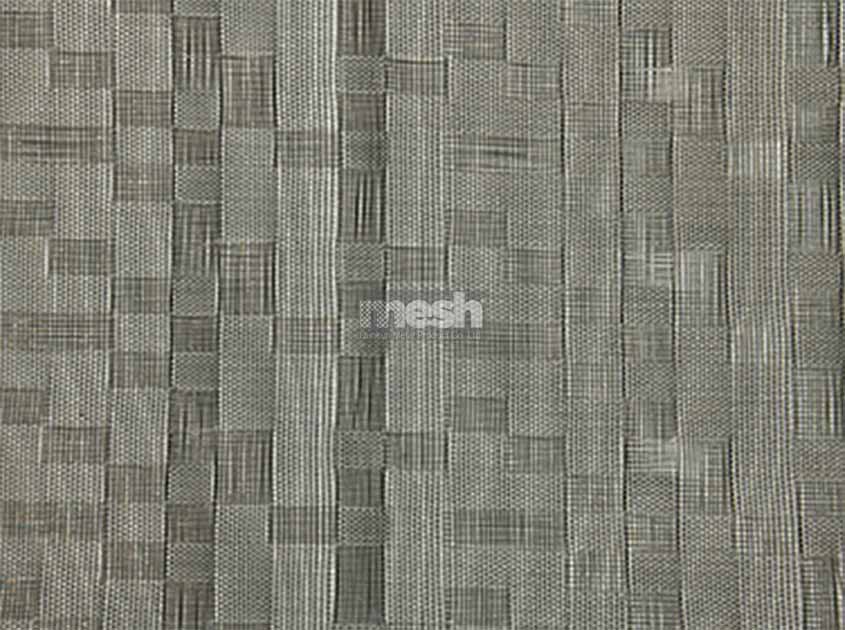
Versatile Applications:
Partitions and Dividers: Woven metal interiors can be used as partitions or dividers to separate different areas within industrial facilities. They provide a balance between privacy and visibility, allowing for efficient workflow while maintaining a sense of openness.
Safety Enclosures: Woven metal materials are ideal for creating safety enclosures around hazardous machinery or equipment. They offer a protective barrier while still allowing for easy visual inspection and monitoring.
Decorative Elements: Woven metal interiors can also be used as decorative elements in industrial settings. Their unique texture and visual appeal can enhance the overall aesthetics of the space, creating a modern and industrial-chic ambiance.
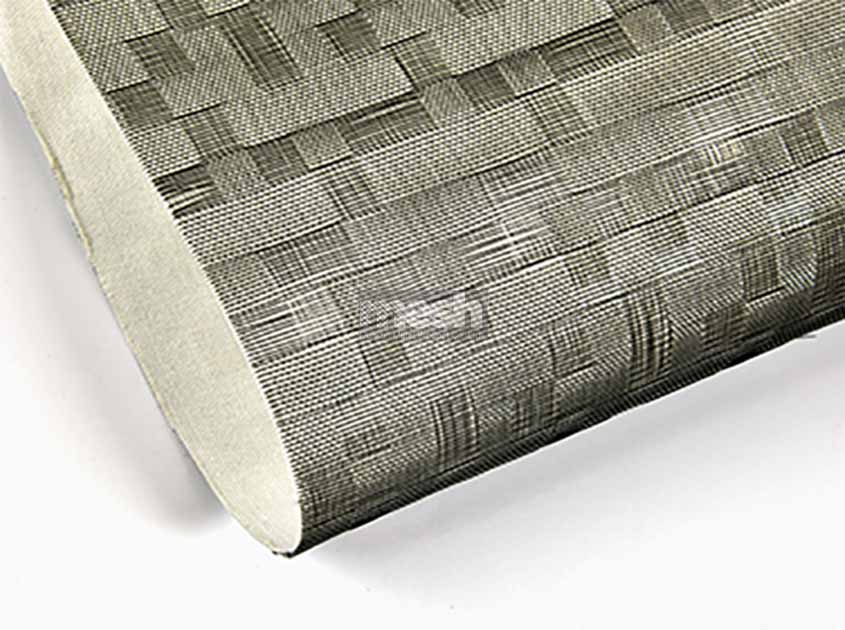
Conclusion:
Woven metal interiors offer a winning combination of strength, durability, and functionality for industrial applications. With their robust construction, resistance to wear and tear, and structural stability, they are well-suited for demanding industrial environments. Additionally, their ventilation properties, ability to promote natural light, and noise reduction capabilities contribute to creating practical and comfortable workspaces. Whether used as partitions, safety enclosures, or decorative elements, woven metal interiors provide industrial settings with a perfect blend of strength and functionality.
Recommended News



